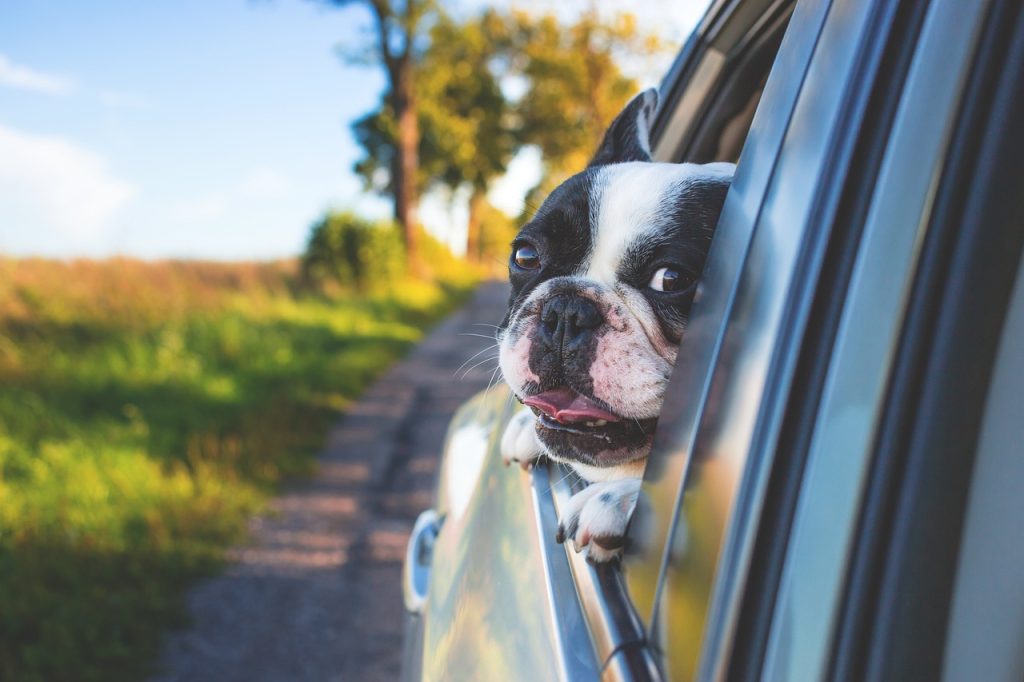
Whether it’s a trip to the vet, a family holiday, or a weekend adventure, transporting your furry friend safely is a top priority for any responsible dog owner. Here are some essential tips to ensure the well-being and comfort of your dog during car journeys.
Secure Your Pup with a Seatbelt or Harness:
- Just like humans, dogs need to be safely secured during car rides. Invest in a dog seatbelt or harness that attaches to your car’s seatbelt system. This prevents your dog from roaming around the car and ensures they are restrained in case of sudden stops or turns.
Use a Travel Carrier or Crate:
- A travel carrier or crate provides a secure and confined space during transportation. Ensure the carrier is well-ventilated, and secure it in the car to prevent it moving around during the journey. Familiarise your dog with the carrier before the trip to reduce stress.
Keep Heads and Paws Inside the Vehicle:
- Dogs love to feel the wind in their fur, but it’s safest to keep heads and paws inside the vehicle. Avoid allowing your dog to stick their head out of the window, as this can lead to injuries. Instead, open the window slightly to provide fresh air.
Frequent Stops for Stretching and Toilet Breaks:
- Long journeys can be tiring for your dog. Plan regular breaks to allow them to stretch their legs, have a toilet break, and stay hydrated. Bring water and a portable bowl for quick and easy access. Use designated pet-friendly areas when possible.
Secure Loose Items in the Car:
- Loose items in the car can become projectiles in the event of sudden stops or turns. Secure any loose items, such as toys or supplies, to prevent them from causing harm to your dog or other passengers.
Protect Against Car Sickness:
- Some dogs are prone to car sickness. Feed your dog a light meal a few hours before the journey and avoid feeding them right before the trip. Ensure proper ventilation in the car, and consider consulting your vet for motion sickness prevention options if needed.
Positive Associations with Car Journeys:
- Make car journeys a positive experience for your dog. Associate trips with fun outings or rewards. Start with short trips and gradually increase the duration to acclimate your dog to longer journeys. Offer praise and treats to create a positive association.
Transporting your dog safely requires careful planning and consideration. By following these tips, you can create a secure and comfortable environment for your furry friend during car journeys. Whether it’s a short drive or an extended road trip, prioritise your dog’s safety and well-being for a stress-free and enjoyable journey for both of you.
